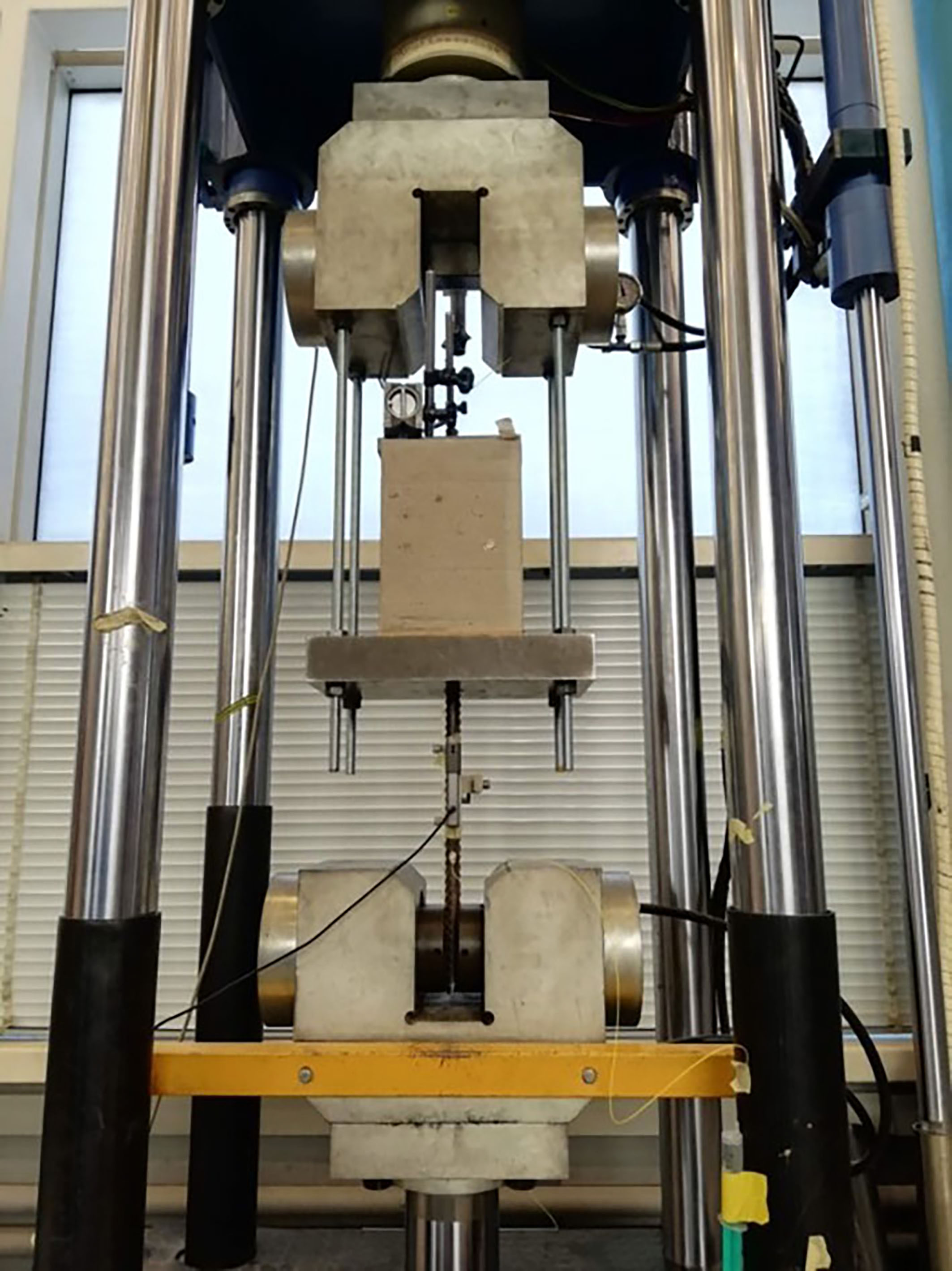Investigation of bond behaviour under repeated loading using DFOS
Author: Linda Summermatter
Language: English
Abstract
The functionality of Reinforced concrete (RC) structures depends on the bond properties between the reinforcement and the concrete. Fatigue damage is an important process to understand, as it influences a structure, for instance, bridges, over its whole service life. This damage is closely connected to the bond deterioration due to repeated loading, which leads to an increase in the slip between the reinforcement and the concrete. The behaviour of the bond properties is quite complex and often described using a global bond stress-slip relationship. As it is hardly possible to measure the bond stresses at the surface of the reinforcing bar, bond stresses are often determined on short bond lengths and are assumed to be constant. By using distributed fibre optical sensors (DFOS), a new technique developed in the last years, an almost continuous measurement over the whole bond length is possible without disturbing the bond properties.
An experimental programme of 20 pull-out tests with varying bond lengths and instrumented with DFOS was conducted during the thesis. The specimens were subjected to a varying number of load cycles and different load levels. The results were used to study the behaviour of the bond during repeated loading.
The evaluation of the test results showed that the repeated loading led to a change of steel and bond stresses along the bonded length. With an increasing number of load cycles, the steel stresses reached higher values towards the unloaded end. Consequently, a change in the bond stresses occurred, and two peaks at both ends of the bond length formed. The bond stresses decreased at the loaded end and increased at the unloaded end with an increasing number of load cycles. As for the ultimate bond strength reached during the pull-out tests, an increase of the ultimate bond strength was noted for the specimens subjected to repeated loading. The slip at the unloaded end also increased with an increasing number of load cycles. A comparison of the results with the existing bond models showed that the behaviour of the specimens that were not preloaded and experienced a pull-out failure was predicted accurately.

